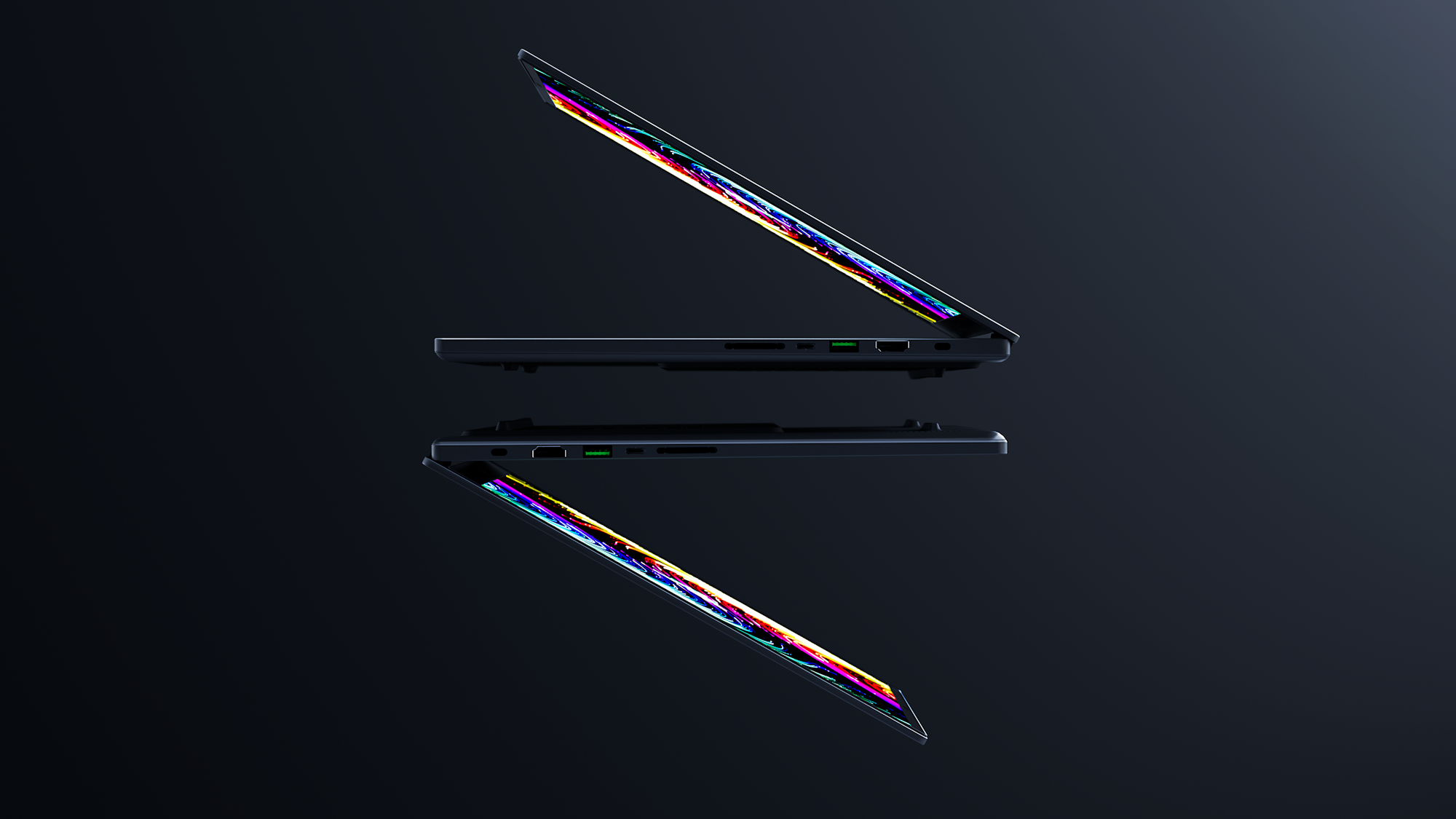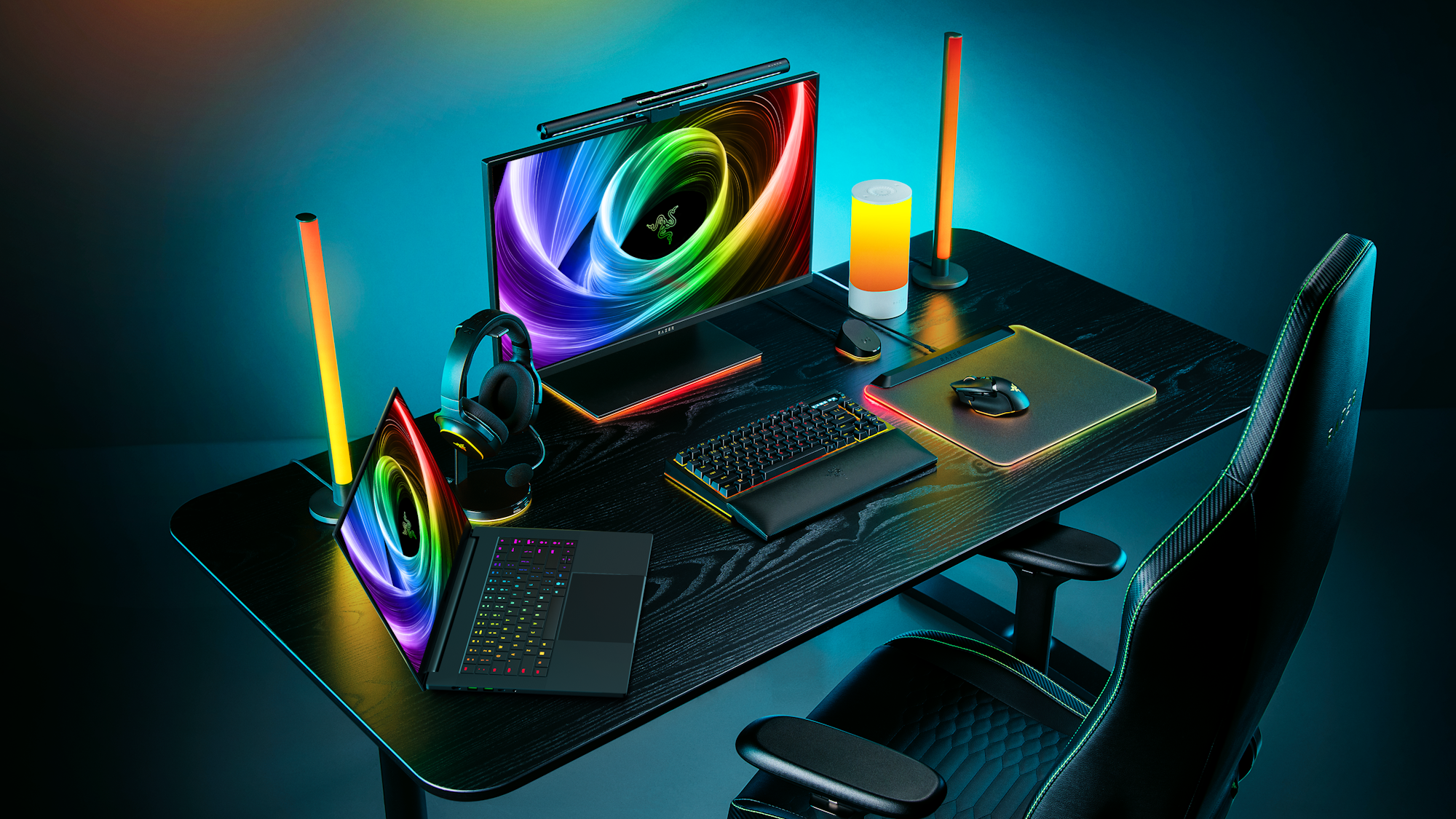Razer Blade 16 announced at CES 2025 with an Nvidia RTX 5090 GPU – but Intel has been dumped
Bad news for Team Blue

- Razer Blade 16 unveiled at CES 2025
- Comes with the latest Nvidia RTX 50 series laptop GPUs
- First Razer Blade to go with AMD, not Intel
At CES 2025, the huge tech show currently going on in Las Vegas, Razer has just announced what it claims is the thinnest gaming laptop the company has ever made: the new Razer Blade 16.
I’ve always loved Razer’s Blade laptops, as they helped challenge the idea that powerful gaming laptops have to be big and bulky. Instead, they are thin, light and stylish, and the new Blade 16 looks to take that even further with a new design that’s just 0.59-inches at its thinnest point.
The biggest issue with ultra-thin gaming laptops is that the powerful components inside need to be kept cool, and that means they need lots of airflow and fans, which can’t be fitted into svelte bodies.
However, the Razer Blade 16 now comes with a new vapor chamber cooling system which covers a larger amount of the motherboard. This comes with a dual-fan design and 0.05mm exhausts, so components are cooled, and hot air produced by the components is expelled while allowing Razer to make the overall size of the laptop as thin as possible.

Big power, small size
The fact that the new Razer Blade 16 is so thin is especially impressive considering it comes packed with incredibly powerful hardware. This includes a QHD+ 240Hz OLED display, plus a whole new keyboard (which includes the Copilot key, if anyone is desperate to open up Windows 11’s AI app).
Most importantly (for a gaming laptop), it comes with Nvidia’s just-announced RTX 50 series of laptop GPUs, with up to an RTX 5090 with 24GB of GDDR7 VRAM and can use up to 155W in power. This means you’ll get an incredibly capable gaming laptop that will be able to run the very latest games for years to come – and it can also make use of new developments such as DLSS 4.
The new Razer Blade 16 also brings a major shakeup to the product line, as for the first time it’s not powered by an Intel processor, but will feature the AMD Ryzen AI 9 HX 370. This is a huge coup for AMD, and a big blow to Intel, which has been suffering from a series of such blows for a while now.
Get daily insight, inspiration and deals in your inbox
Sign up for breaking news, reviews, opinion, top tech deals, and more.

Does this mean Razer’s love affair with Intel is coming to an end? If that was the case, it would be a big deal for Team Blue, which has had a difficult 12 months. That’s likely not to be the case, as I am sure there will be future Razer products with Intel CPUs, but when attempting to make the thinnest gaming laptop possible, it’s understandable that Razer might feel the need to go with a chip that offers plenty of power without producing too much heat, hence the switch to AMD, as Intel has been struggling with keeping its chips cool while performing at maximum capacity.
It’s certainly not what the company needs right now, but the new Razer Blade 16 is shaping up to be an incredible device. Will it get into our best gaming laptops list when it launches in the next few months (we’ve only been told it’ll be available in Q1 of 2025)? You’ll have to wait for our full review to find out, but there’s one thing you can be sure of: this is going to be one heck of a pricey laptop. Better get saving now.
TechRadar will be extensively covering this year's CES, and will bring you all of the big announcements as they happen. Head over to our CES 2025 news page for the latest stories and our hands-on verdicts on everything from 8K TVs and foldable displays to new phones, laptops, smart home gadgets, and the latest in AI.
And don’t forget to follow us on TikTok and WhatsApp for the latest from the CES show floor!
You might also like...

Matt is TechRadar's Managing Editor for Core Tech, looking after computing and mobile technology. Having written for a number of publications such as PC Plus, PC Format, T3 and Linux Format, there's no aspect of technology that Matt isn't passionate about, especially computing and PC gaming. He’s personally reviewed and used most of the laptops in our best laptops guide - and since joining TechRadar in 2014, he's reviewed over 250 laptops and computing accessories personally.